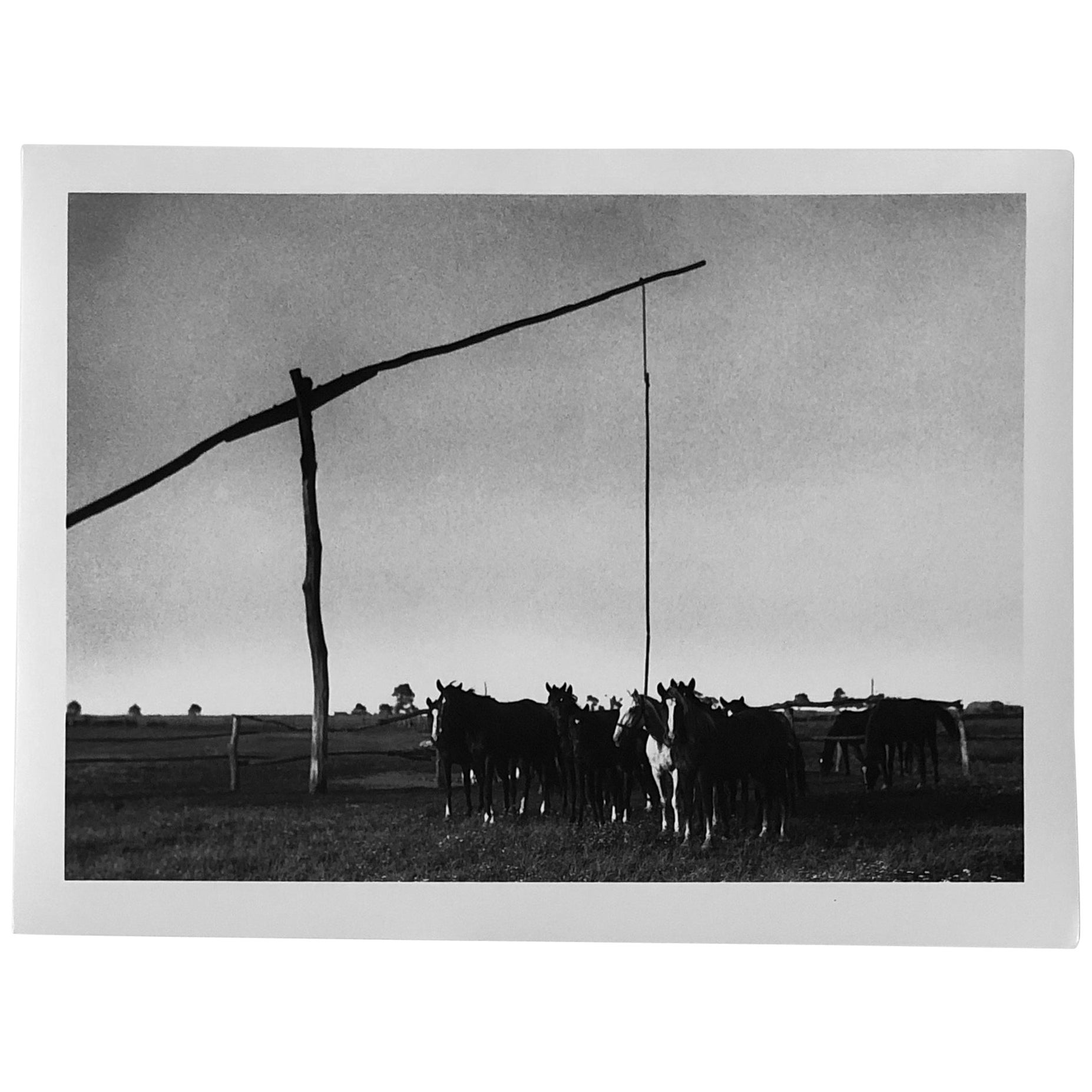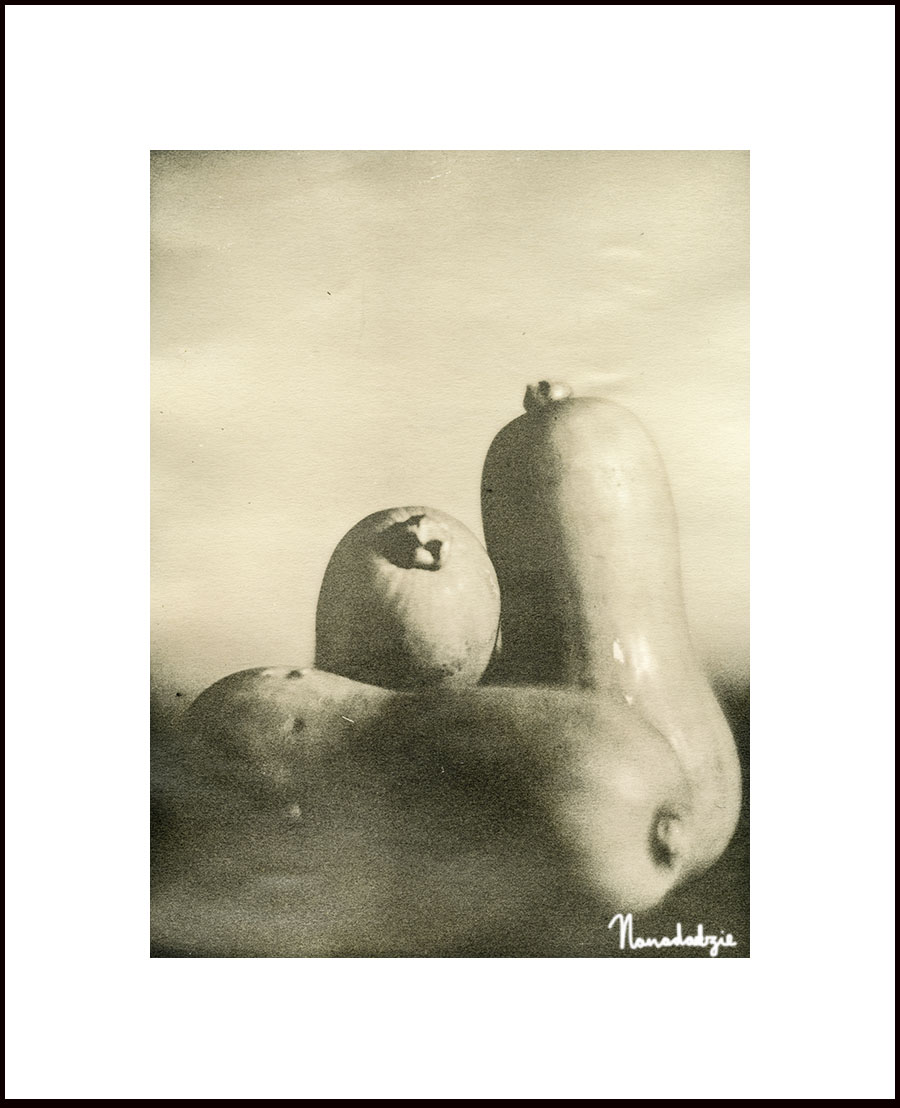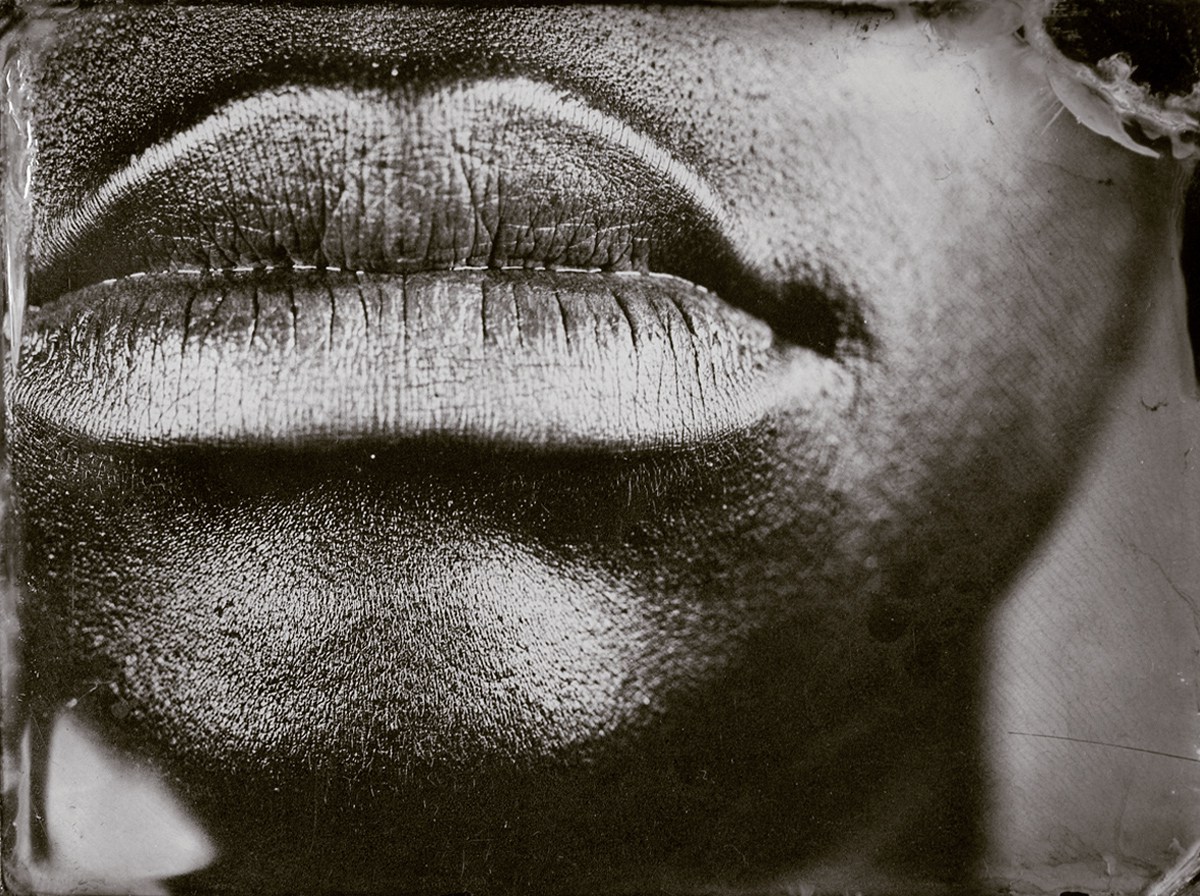

Kodak too worked to solve the issue of the dye couplers movement, and found a different solution. :698 Agfa developed a chromogenic negative film by 1939, which could be developed directly on a companion paper to the film, although this film was never commercialized. :698 Agfa patented both the developer for this print and its photographic process, and promptly developed and released in 1936 Agfacolor Neu, the first chromogenic print, which was a color print film that could be developed using a transparency. This turned the dye couplers into micelles which can easily be scattered in the gelatin while loosely tethering to it. This first solution to this problem, found by Agfa workers Gustav Wilmanns and Wilhelm Schneider, who created a print made of three layers of gelatin containing subtractive color dye couplers made of long hydrocarbon chains, and carboxylic or sulfonic acid. In spite of this, Fischer never created a successful color print due to his inability to prevent the dye couplers from moving between the emulsion layers.

The following year he filed a patent listing various color developers and dye couplers, which have historically been used in Agfachrome and are still in use today in Fujichrome Velvia and Provia, and Ektachrome. The potential of oxidized developers in a color photographic process however, was first realized by another German chemist, Rudolf Fischer, who, in 1912, filed a patent describing a chromogenic process to develop both positives and negatives using indoxyl, and thio-indoxyl-based color developers as dye couplers in a light-sensitive silver halide emulsion. He additionally noted these developers could create beautiful photographic effects.

History Figure from patent US2113329A, issued by Kodak, describing a photographic color process using color-coupling substances, such as the ones used in a chromogenic print.ĭeveloping color by using oxidized developers was first suggested by German chemist Benno Homolka who, in 1907, successfully developed insoluble indigo-blue and red dyes on a latent image by oxidizing indoxyl and thio-indoxyl respectively. They are composed of three layers of gelatin, each containing an emulsion of silver halide, which is used as a light-sensitive material, and a different dye coupler of subtractive color which together, when developed, form a full-color image. Today, as fewer and fewer photographers are working in darkrooms, gelatin silver printing is quickly becoming an antiquated, historic process.Photographic print made using a chromogenic processĪ chromogenic print, also known as a C-print or C-type print, a silver halide print, or a dye coupler print, is a photographic print made from a color negative, transparency or digital image, and developed using a chromogenic process. Color photography was considered a commercial medium, not suited to serious artistic expression. Until the 1970s, art photographers used this process almost exclusively to create high-quality black and white prints. Properly exposed gelatin silver prints are quite stable if exhibited under controlled light conditions.

A negative image is transferred to light-sensitive paper that has four layers: a paper base, a white opaque coating of gelatin and barium sulfate that creates a smooth surface, the gelatin layer that holds the silver grains of the photographic image, and a protective gelatin overcoat. Gift from the Christian Keesee Collection, 2016.041.īefore the advent of digital technology at the end of the twentieth century, the gelatin silver process had been the most commonly used method of making black and white prints since the 1890s. Brett Weston (1911-1993), Mountains and Clouds, New Mexico, c.


 0 kommentar(er)
0 kommentar(er)
